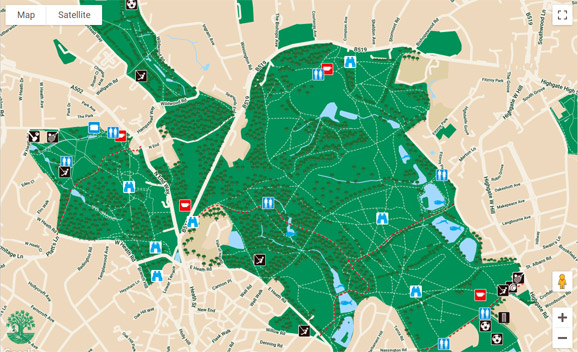John Gurney Hoare (1810-1875)

John Gurney Hoare was the driving force in the campaign to save Hampstead Heath from residential development. (more…)
Mark Gertler (Well Mount Studios)

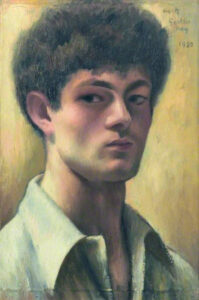
Born in 1891 in Spitalfields he was the youngest child of Polish-Jewish immigrants.
After school in 1906 he enrolled in art classes at the Regent Street polytechnic, but family poverty forced him to drop-out after a year. In 1907 he began apprentice work for a stained-glass window company which funded evening classes at the polytechnic.
In 1908 he was placed third in a national art competition; this inspired him to apply for a scholarship from the Jewish education charity.
In 1908 he enrolled at the Slade School of Art in London, where he was a contemporary of Paul Nash, Stanley Spencer and Isaac Rosenberg, among others. He also met the painter Dora Carrington whom he pursued for many years, but his obsessive love for her was unrequited, as she spent most of her life living with the homosexual author,Lytton Strachey, with whom she was deeply in love. Gertler was so distraught that he threatened suicide.
His first patron Lady Ottoline Morrell introduced him to the Bloomsbury Group and the Camden Town Group of artists. He was enjoying success as a society portrait painter, but his difficult manner and determination to follow his own path, led to frustration as he struggled with poverty.
Merry-Go-Round, painted in 1916 when he was 24, at the height of the First World War, perhaps his most famous painting, depicts 16 men and women, many in uniform, on a merry-go-round. The painting may have been inspired by an annual fair held on Hampstead Heath for wounded soldiers. The figures resemble screaming dolls. The work is seen as a visceral reaction to, and protest against, the War. He was a conscientious objector. Purchased by the Tate Gallery in 1984 for £150,000, DH Lawrence described it as “the best modern picture I have ever seen”.
Suffering from ill health and depression and disappointment with his career he committed suicide in 1939 The Times described his death as “a serious loss to British art”. He is buried in Willesden Jewish Cemetery.
The plaque at his home in 13 Rudall Crescent (1915-32) was unveiled in September 1984 by his son Luke Gertler who spoke the following words:
“He had decided that the place he most wanted to live in was Hampstead. He loved Hampstead and most wanted to roam about the Heath, which, for him, was as good as the country”.
Mark Gertler (1891-1939)
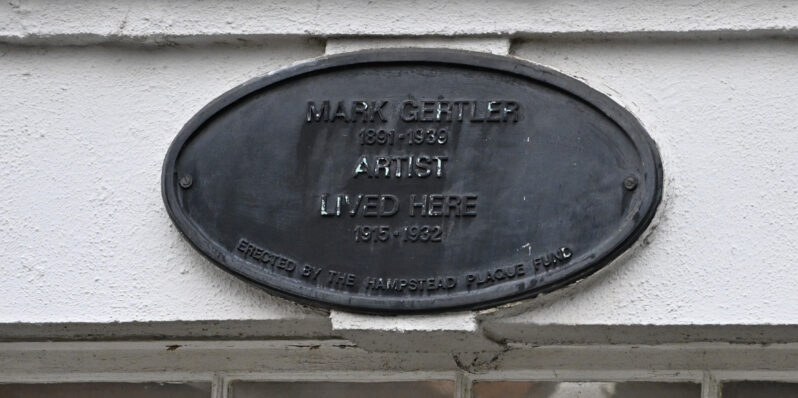
Born in 1891 in Spitalfields he was the youngest child of Polish-Jewish immigrants.
After school in 1906 he enrolled in art classes at the Regent Street polytechnic, but family poverty forced him to drop-out after a year. In 1907 he began apprentice work for a stained-glass window company which funded evening classes at the polytechnic. (more…)
Gracie Fields (1898-1979)
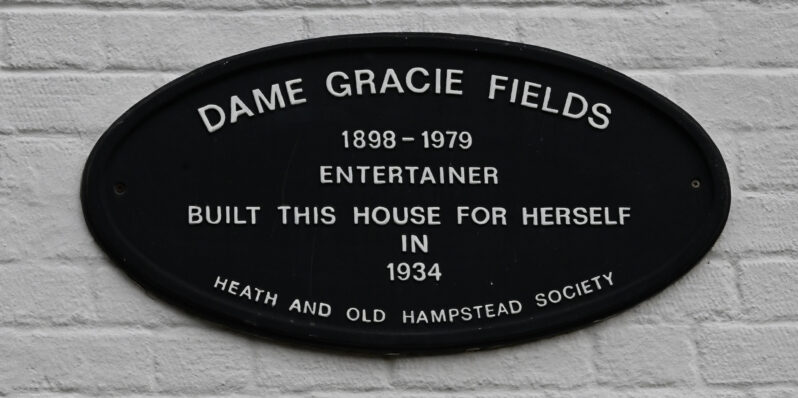
Gracie Fields was a highly successful, singer and entertainer and actress. She lived in this house, Blue Tiles’, when she had it built between 1931 1nd 1935. (more…)
Sir Edward Elgar (1857-1934)
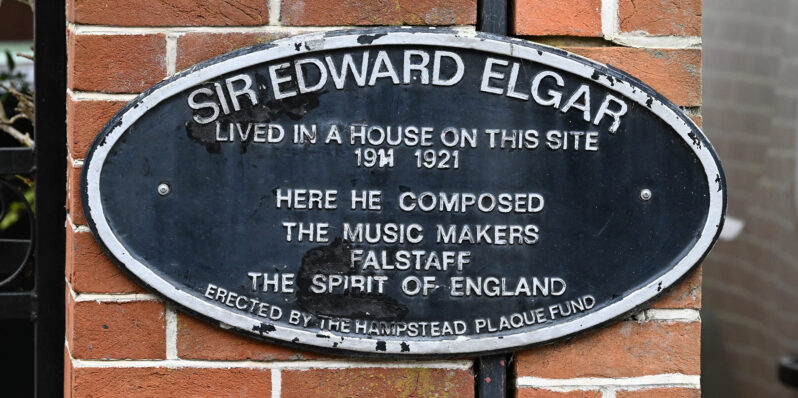
Sir Edward William Elgar was an English composer, among whose best-known compositions are orchestral works including the Enigma Variations, the Pomp and Circumstance Marches, concertos for violin and cello, and two symphonies. (more…)
Jacqueline du Pre (1945-1987)
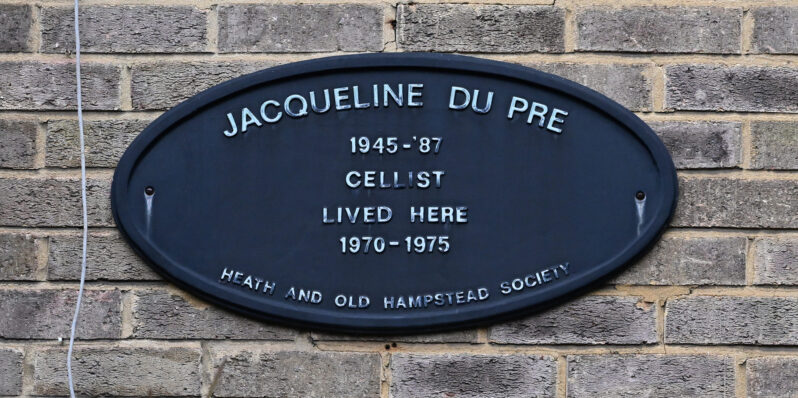
Jacqueline Mary du Pré OBE, the cellist. Her romantic, emotive style propelled her to international stardom by the age of 20. Even though her playing career was cut short by multiple sclerosis at the age of 27, she is regarded as one of the greatest cellists of all time. (more…)
Charles de Gaulle (1890-1970)
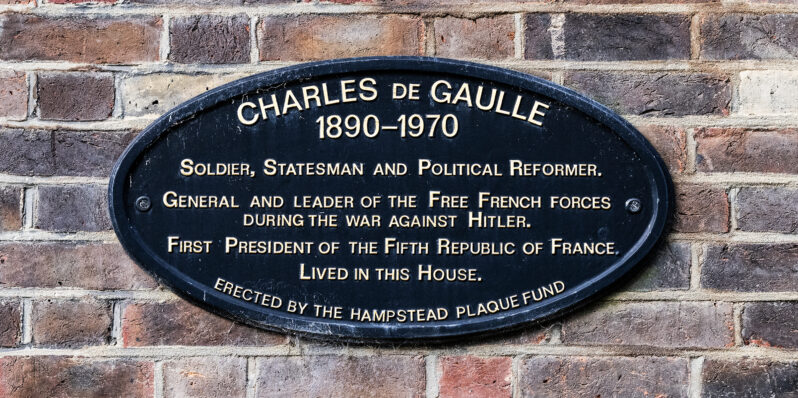
Charles de Gaulle was a French army officer and statesman who led the Free French against Nazi Germany in the Second World War. (more…)
William Johnson Cory (1823-1892)

William Cory Johnson was a poet and an influential master at Eton College. (more…)
John Constable (1776-1837)

John Constable was born in Suffolk. He was an English landscape painter in the romantic tradition. He transformed the genre of landscape painting with his pictures of Dedham Vale and the area surrounding his home – now known as Constable Country. (more…)
Sir Henry Cole (1808-1882)
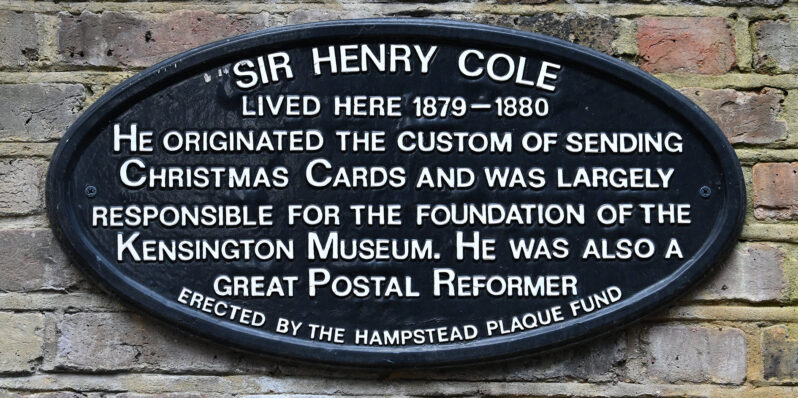
A postal reformer, he introduced the concept of sending a printed Christmas card and was instrumental in the creation of the Victoria & Albert Museum. (more…)
